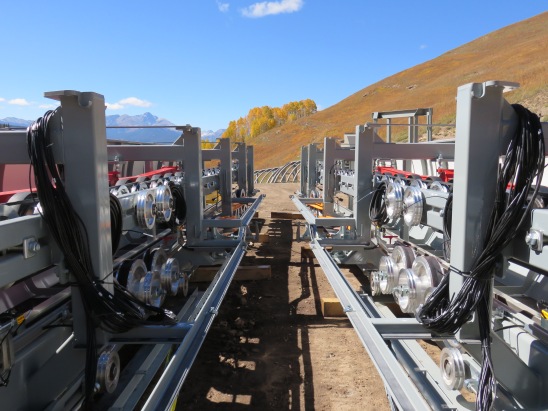
93 percent of the 3.8 million people who visited Banff National Park last year arrived in a personal car. Across North America in places like Yosemite, Glacier and Banff, resource managers are struggling to find transportation solutions amid record visitation and constrained capacity. Banff National Park is unique – a very popular town of the same name with 7,500 residents that lies in the middle of a 2,500-square mile park. In 2015, the Town of Banff saw the most visitors in at least the last 15 years, continuing its average growth rate of 1.8 percent per year. So far in 2016, the daily vehicle count in town exceeded its 24,000-car comfortable capacity on at least 48 occasions. More troubling, vehicle volume increased eight percent this summer and is projected to exceed 24,000 on 270 days a year by 2045, with a crush load of 40,000 vehicles on peak days. This is in a town smaller than two square miles surrounded by mountains.

Challenging problems demand innovative solutions. This spring, the Town of Banff embarked on a long-term transportation study to examine parking, road improvements, traditional transit and a possible gondola to connect key points surrounding downtown. The Edmonton-based consulting company Stantec identified and studied three possible gondola alignments in addition to two intercept parking lots and increased bus service. The firm’s draft report notes, “without new interventions, congestion delays are expected to increase in both severity and frequency; Banff’s road system is finite and actions must be taken to solve the issues caused by the volume of vehicles on the road system.”
The Banff community knows gondolas. The Sulphur Mountain Gondola, a bi-cable Garaventa system operated by Brewster Travel Canada sits just south of town and will likely anchor the southern end of any new gondola. Sunshine Village ski resort also lies within Banff National Park and its huge gondola connects an offsite parking lot to the slopes and village with two mid-stations along the way.






